

Pictured here are the functions when z = 3:
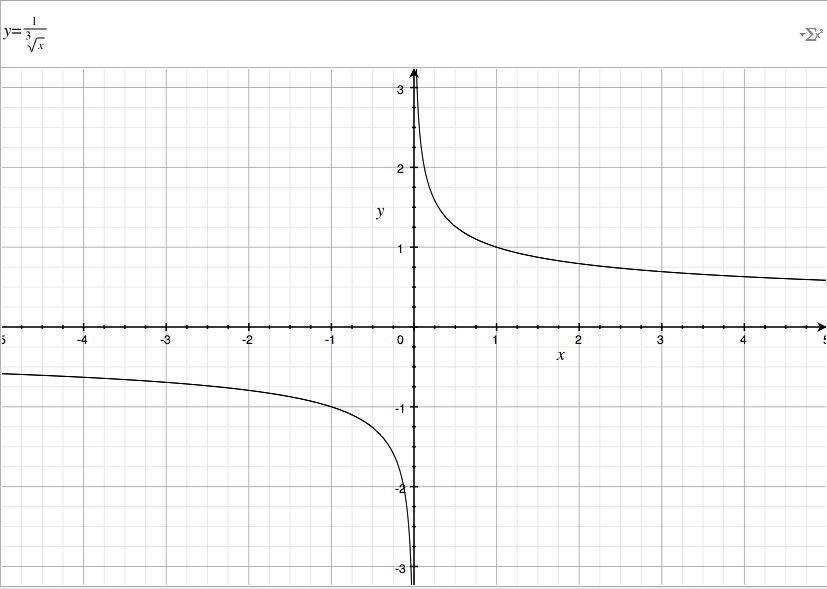
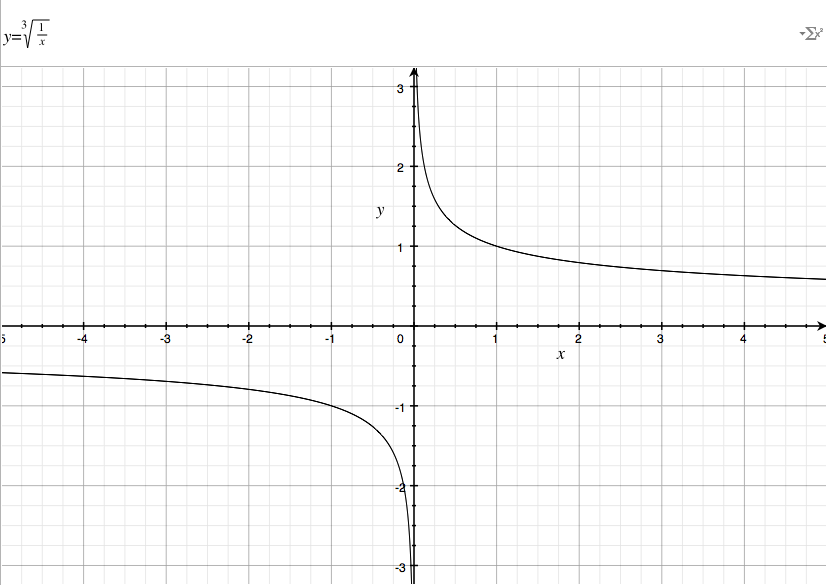
But here's the 2nd example below!
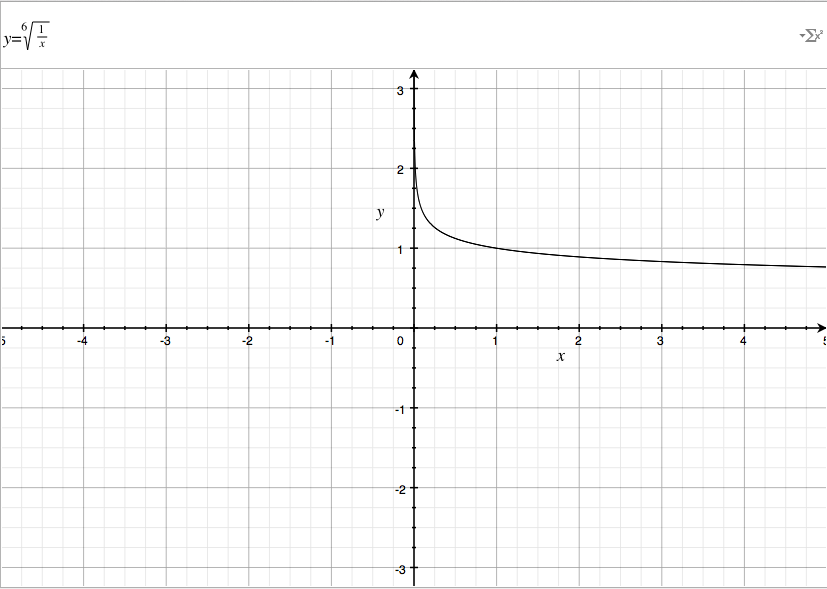
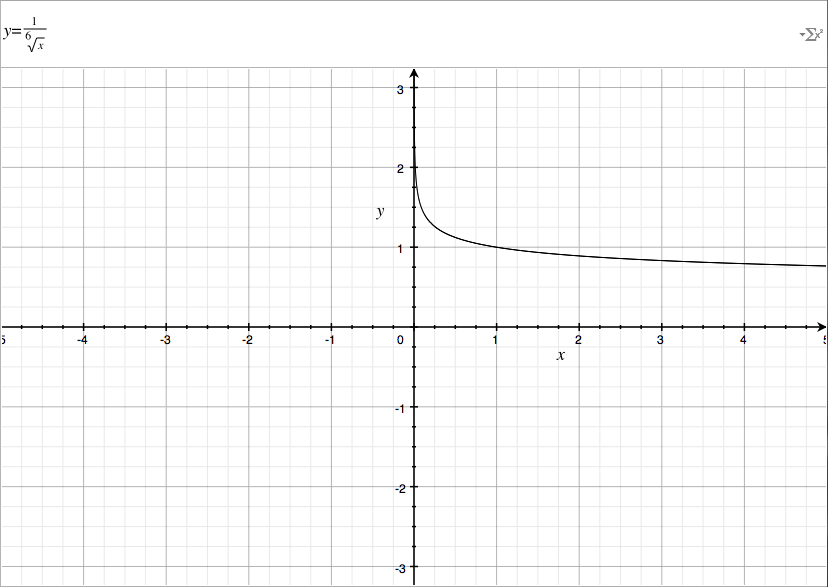
I doubled z = 3 from the 1st example to make it equal to 6 in this example. If z is even, then the function will only print on the positive sides of the domain(based on x) & range(based on y). If z is odd, it'll also print on the negative sides.
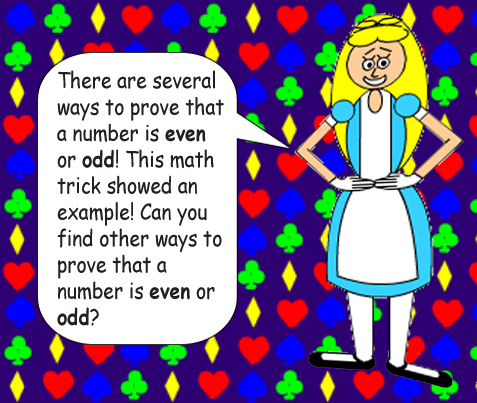
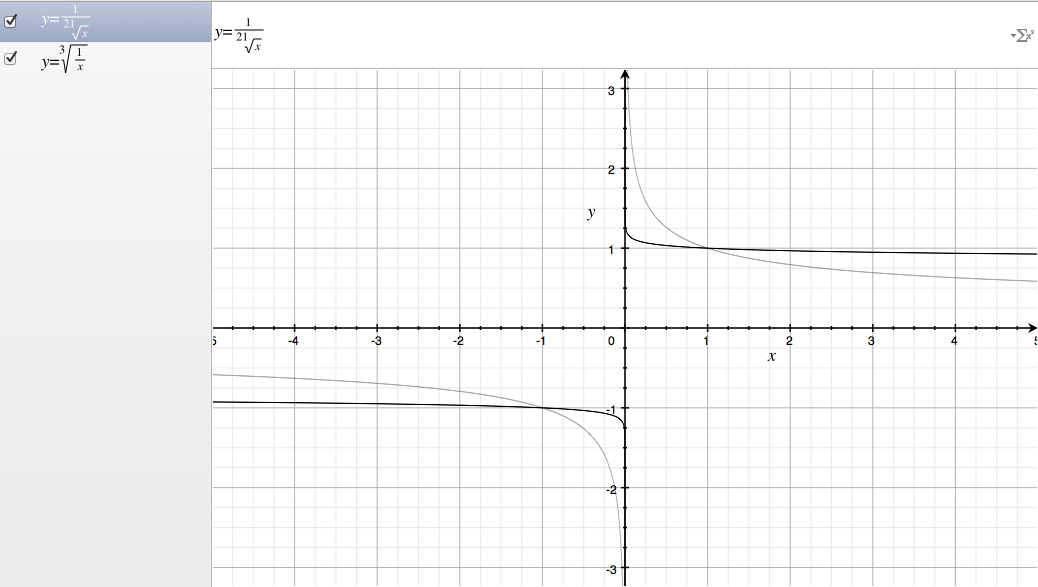
The curves in gray represent the function when z = 3 versus when z = 21.
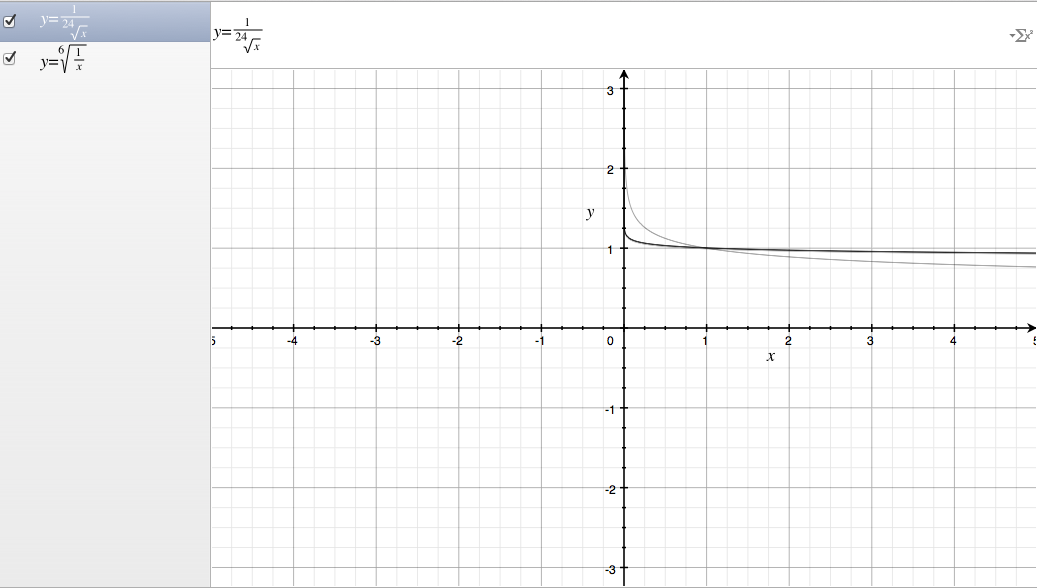
The curves in gray represent the function when z = 6 versus when z = 24. If I picked differences between even vs. odd, you would also see an extra gray curve on one side!


Back to Index Page Back to Math Trick Menu
© Derek Cumberbatch